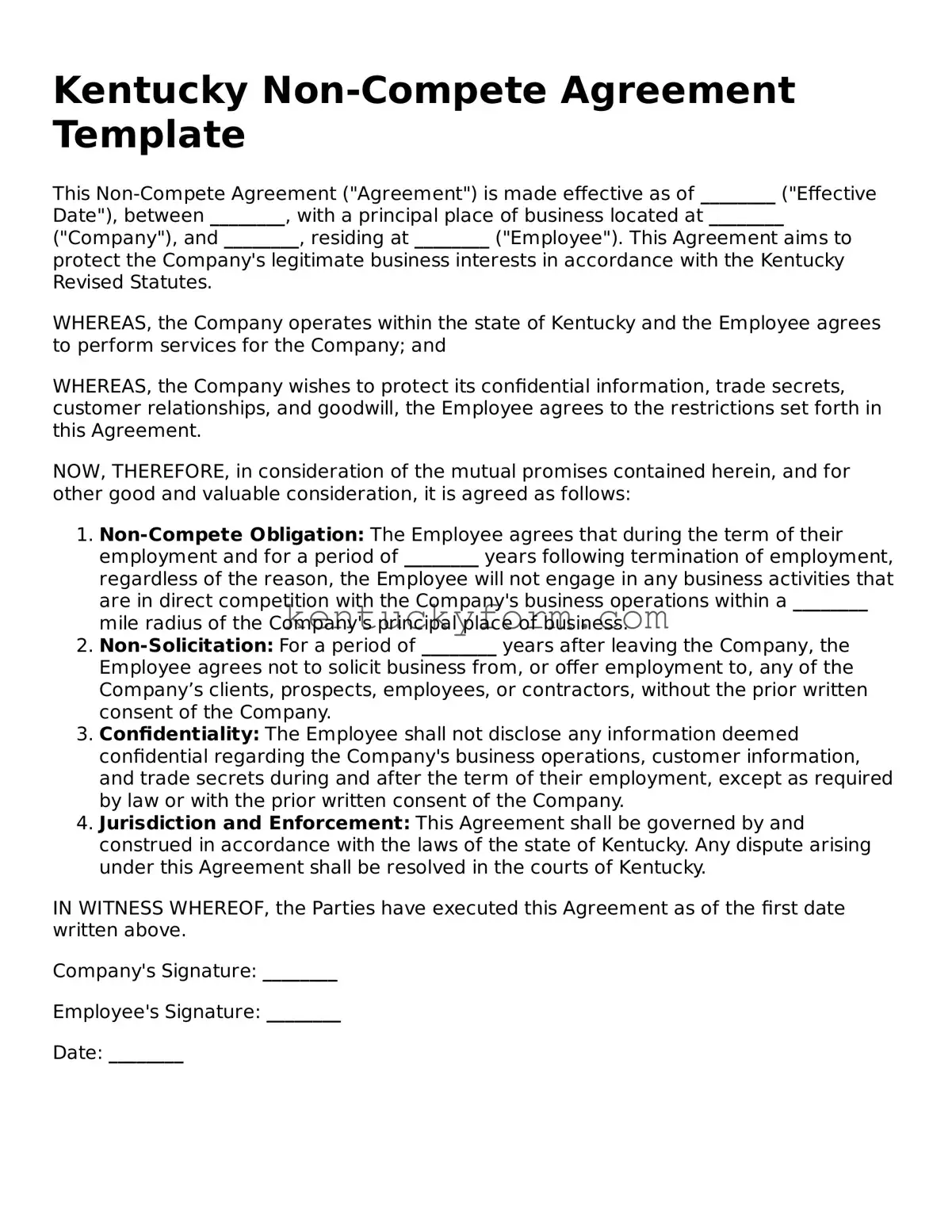A Confidentiality Agreement, often used in conjunction with a Non-Compete Agreement, is designed to protect sensitive information. It restricts the disclosure of any confidential details about the business practices, client information, or proprietary data to unauthorized individuals or companies. While a Non-Compete prevents a person from working with competitors in the same industry, the Confidentiality Agreement ensures that the secrets that make a business competitive are not shared or used against it.
Non-Disclosure Agreements (NDAs) share similarities with Non-Compete Agreements in that they are both designed to protect a company’s interests. An NDA is specifically aimed at preventing the sharing of protected information, whereas a Non-Compete broadly restricts former employees from working in similar professions where they might use the knowledge gained from their previous employment. Both agreements can also be enforced for a specified period and within specific geographic regions.
The Non-Solicitation Agreement is another document closely related to the Non-Compete Agreement. This document prevents employees from soliciting the company’s clients or employees for a certain period after leaving the company. While the Non-Compete Agreement restricts former employees from joining a competitor, a Non-Solicitation Agreement ensures they do not take valuable contacts or employees with them when they leave.
An Employment Agreement often includes terms similar to those found in a Non-Compete Agreement, especially clauses pertaining to post-employment restrictions. These agreements outline the duties, rights, and responsibilities of both the employer and the employee during and after the employment period. Specific clauses within an Employment Agreement may detail the conditions under which an employee must not compete with the employer after leaving the company.
Exclusive Rights Agreements grant one party exclusive rights to use, sell, or distribute another party's products, services, or technologies. These agreements can include non-compete clauses to prevent the party granted exclusivity from engaging in activities that would compete with the provider’s interests. Although the primary focus is on exclusivity, the non-compete aspect helps protect the grantor's market position.
Franchise Agreements, which allow individuals or entities the rights to operate a business under the franchisor's brand, often contain clauses similar to Non-Compete Agreements. These clauses prevent franchisees from using the franchisor's proprietary information to start a competing business. Both types of agreements aim to protect the business's brand and operational methods from direct competition.
Consulting Agreements are drawn up when hiring independent contractors or consultants. These agreements often include terms found in Non-Compete Agreements, such as clauses prohibiting consultants from offering their services to direct competitors for a certain period after the consultancy period ends. This ensures the company’s proprietary information and competitive edge are safeguarded.
Partnership Agreements delineate the responsibilities, profit distribution, and operational rules among business partners. They sometimes contain non-compete clauses to prevent partners from leaving the partnership and immediately starting a competing business. This protects the partnership's interests and maintains the integrity of its business dealings.
Vendor Agreements often include non-compete clauses similar to those in a Non-Compete Agreement, particularly when exclusive relationships are involved. These clauses prevent vendors from selling goods or services to competitors, protecting proprietary information and ensuring the continuity of exclusive arrangements that are critical to the business’s operations.
Lastly, Intellectual Property Assignment Agreements, which transfer rights of intellectual property from the creator to another entity, can include non-compete clauses. These clauses prohibit the creator from using the transferred intellectual property in a way that competes with the new owner's use of the property. By doing so, the agreement protects the value of the intellectual property for the new owner.
